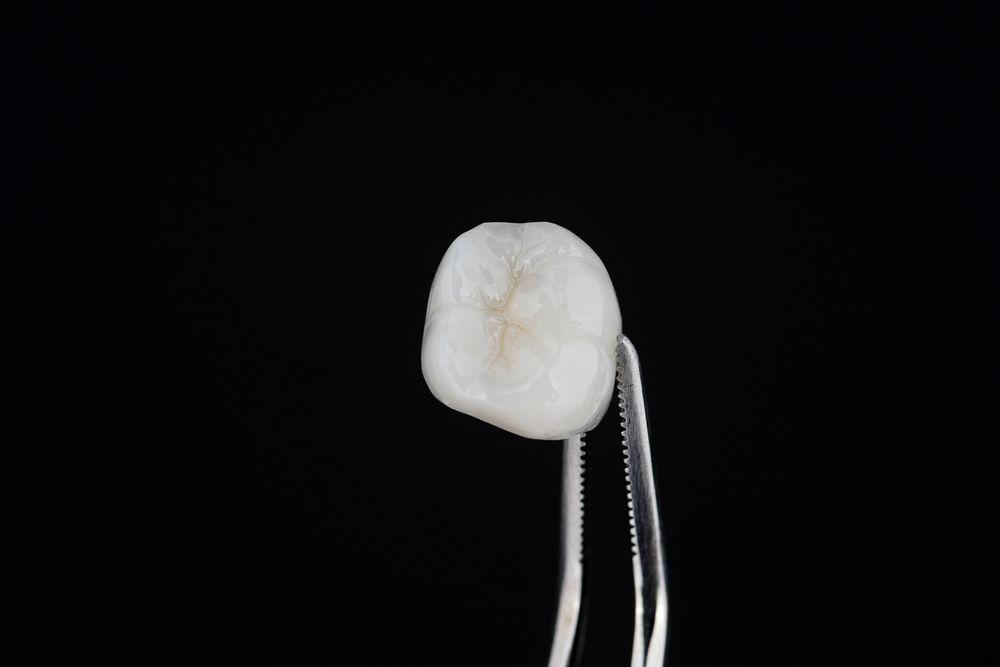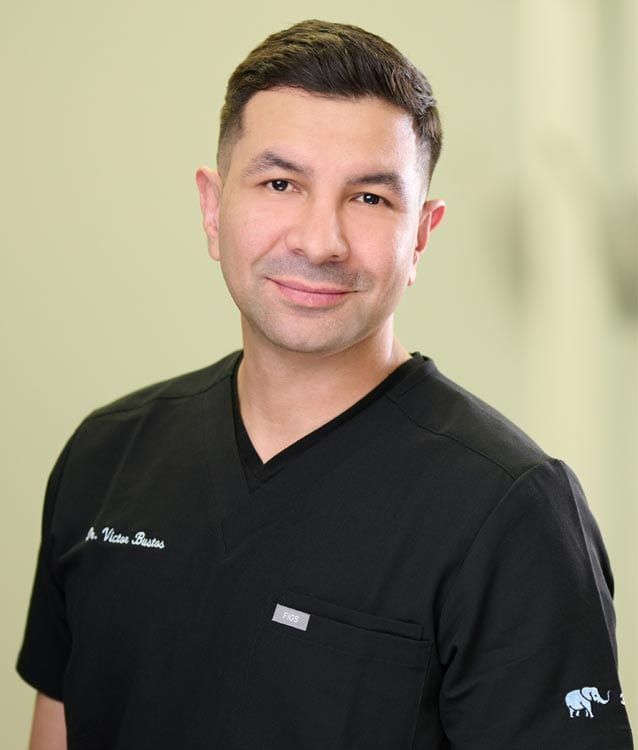You may qualify for dental restoration if you have cracked, missing, decayed, or fractured teeth. Dental restorations can improve a patient’s smile. There are many treatment options available to repair your teeth. Depending on the damage to your teeth, your dentist might have to refer you to an oral surgeon.
The Most Popular Types of Dental Restorations
There are many treatments available to patients in need of dental restoration. Fillings for cavities or tooth decay are the most common procedures. However, installing implants to replace missing teeth is a more complex procedure. Modern dentistry has given us technology that makes restoration processes comfortable and provides better results. But if you need a dental restoration, what procedures can you choose from?
- Dental implants: Implants are a popular restoration. They’re designed to look like your natural teeth, eliminating the unnatural look of dentures. Implants also eliminate the risk of having difficulty eating or speaking. Implants are primarily used if you have healthy gums and bones.
- Dental Inlays: Dental inlays are custom fillings made from composite resin, gold, or porcelain. They’re an excellent alternative to silver or composite fillings. They’re also exceptional if your tooth is broken, decayed, or fractured or if you want a more cosmetically-pleasing solution.
- Dental Onlays: Dental onlays are also called “partial crowns.” Onlays are an excellent choice if you have larger cavities. Less of the structure of your tooth is removed to implant an onlay. This method is preferred by patients and dentists when compared to a full crown.
- Fillings: Composite fillings are made to look like part of your tooth and are similar to conventional fillings. The difference is they’re more durable. Composite fillings are designed to withstand stress lasting more than ten years. Because they’re similar in color to the rest of your tooth, they look more natural.
- Crowns: Crowns are caps that your dentist places on your tooth. They’re designed to cover, protect, and restore your tooth’s shape if tooth decay makes it beyond reparation. Dentists use oral cement to bond the crown to your tooth, making it look like your natural tooth.
- Dentures and Partial Dentures: To fix missing teeth, dentists use dentures and partial dentures. Unlike dental implants, dentures are removable. If all your teeth are missing, you’ll be fitted for complete dentures. If a few teeth are missing, you’ll be fitted for partial dentures.
- Dental Bridges: Dental bridges are cost-effective and excellent for replacing missing teeth. A fixed bridge consists of multiple crowns, closing the gap between your teeth. Bridges are excellent for managing chronic gum disease, since they’re not implanted into the gum tissue.
- Root Canals: Root canals are designed to repair and save infected teeth, providing an alternative to extraction. During a root canal, the tooth’s pulp is removed and then the inside of the tooth is cleaned and sealed. Thanks to modern medicine, root canals are less painful today than they were in the past.
Scheduling a Restorative Procedure
The first step in having restorative work done on your teeth is to contact your dentist or oral surgeon for an appointment. Call 3D Dentistry to schedule an appointment for restorative procedures.






